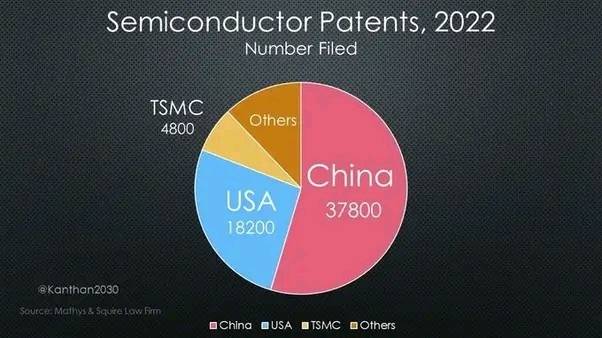



Japan and the Netherlands agreed with the U.S. to restrict exports of advanced chip-manufacturing equipment to China. How will it hurt China's chip industry?
Hands off China , let’s first see How the U.S. suppressed Japan's chip industry
China has not the only country targeted by the U.S. in the semiconductor sector.
In the 1980s, Japan, one of the U.S.'s closest allies, once produced about half of the world's semiconductors. In the year 1990, six of the world's top ten semiconductor manufacturers were Japanese companies.
In order to contain Japan's semiconductor industry, the U.S. launched the "301" investigation, threatened to label Japan as conducting unfair trade, and imposed retaliatory tariffs, forcing Japan to sign the U.S.-Japan Semiconductor Agreement.
As a result, Japanese semiconductor enterprises were almost completely driven out of global competition, and their market share dropped from 50 percent to 10 percent.
In the same time, with the support of the U.S. government, a large number of U.S. semiconductor enterprises took the opportunity and grabbed larger market share.
But China does have a different opponent, one that the United States has probably never encountered in its less than three hundred years of history. Take a quick look at the data for 2022
US tries to slow Chinas growth by denying China access to chip technology. But 55% of the semiconductor patents in the world came from China last year. That's more than twice as much as the US.
Are the Americans certain this is a war they will win?
(collected from Facebook)
Author: Saikat Bhattacharya